HDMI with Ethernet (HEC) vs. Regular HDMI: A Comprehensive Guide
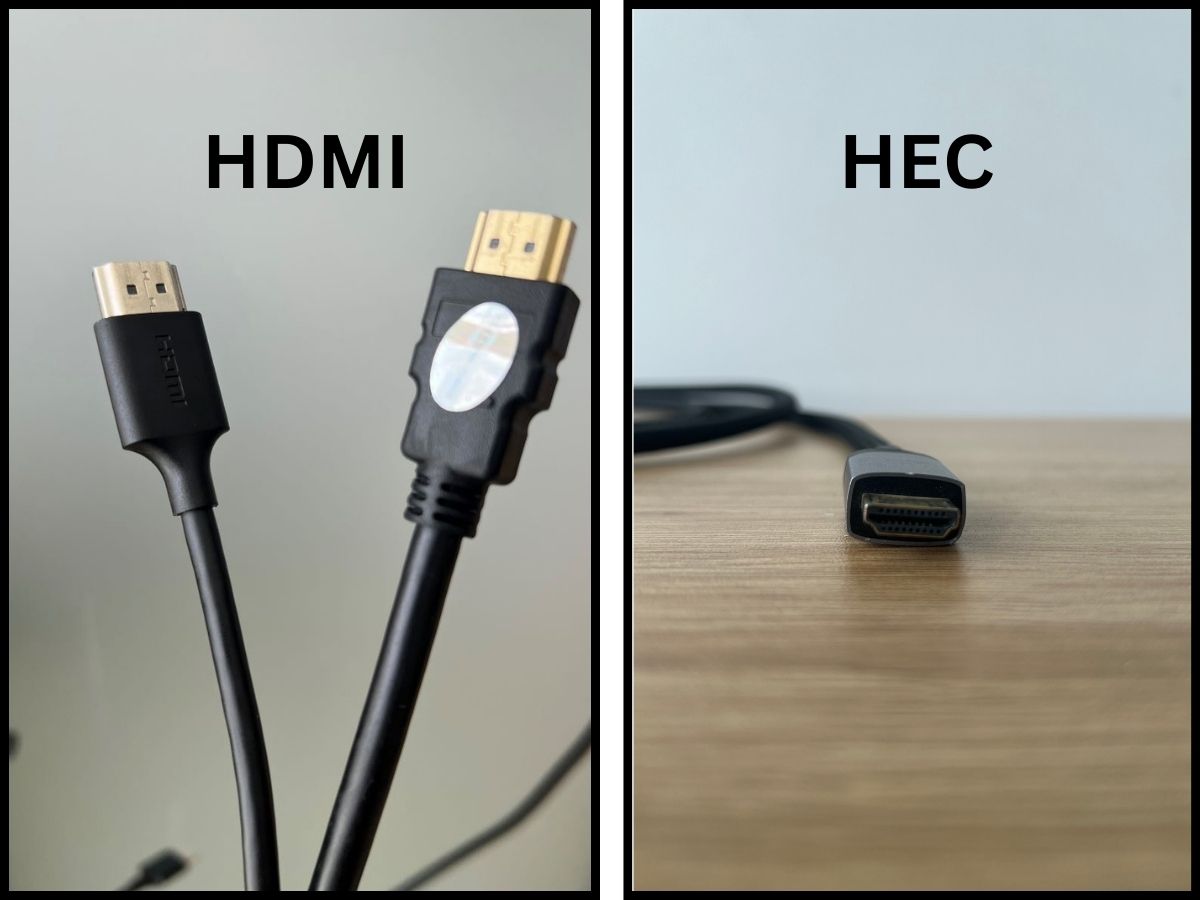
What To Know
- The primary distinction between standard HDMI and HEC cables is that HEC cables can transmit network data along with audio and video signals.
- Despite the additional network transmission feature in HEC cables, as of now, there are no commercial devices that specifically utilize this feature.
- HEC cables are not only about internet data transmission; they also support ARC and CEC functionalities.
Given a choice between a standard HDMI cable and an HDMI cable with Ethernet, which will you go for?
If you need help answering the question above, this article is for you. You must consider what functions of HDMI your devices support and if you want to explore them.
In the following sections, we’ll consider what makes HEC cables different from standard HDMI cables. Keep reading to determine if they are essential for your home theater set-up.
Quick Navigation
Differences Between HDMI & HDMI with Ethernet
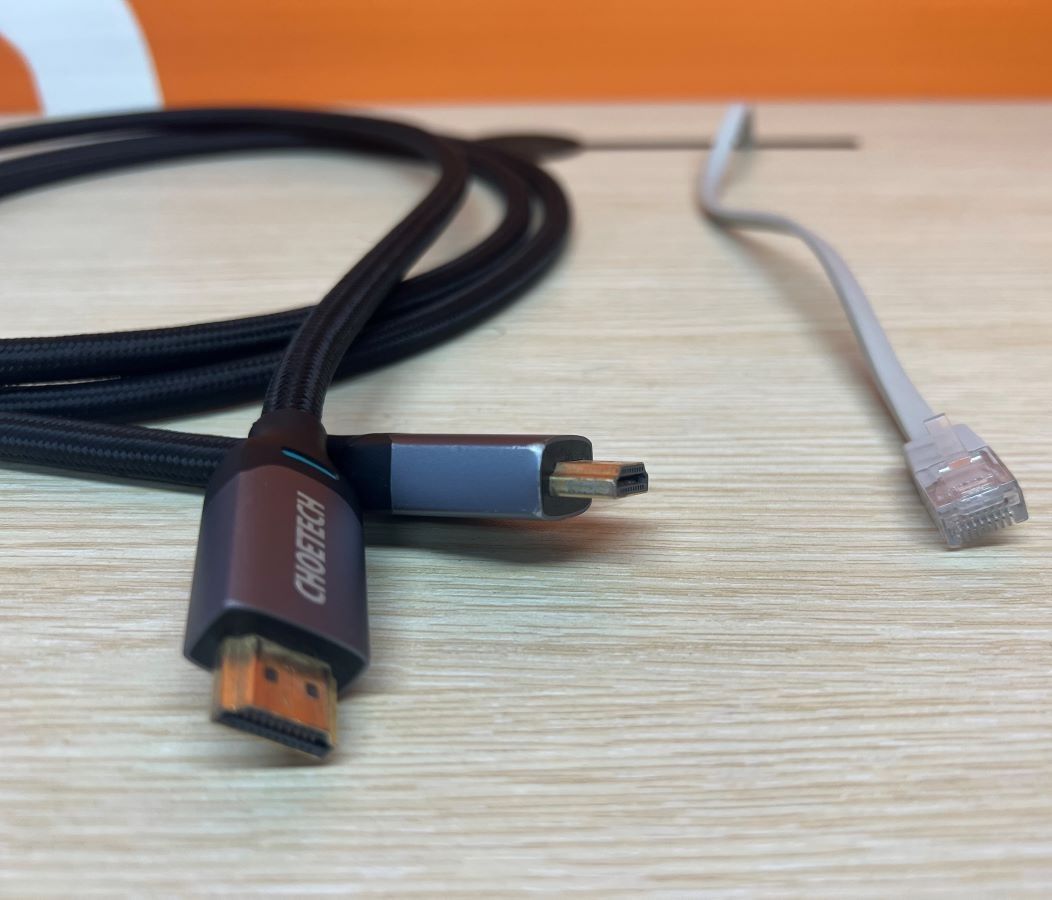
The difference between standard HDMI cables and HDMI with Ethernet (HEC) cables is that HEC cables also support network data transmission. On the other hand, standard HDMI cables are strictly concerned with transmitting digital media.
Besides its ability to transmit network data, HEC functions like any standard HDMI cable. You can only access its Ethernet capabilities if you have devices compatible with the HEC function.
The HDMI Ethernet Channel function was introduced with HDMI version 1.4 and has become common amongst high-quality HDMI cables today.
Below is a table comparing the differences between standard HDMI and HEC cables.
| Standard HDMI | HDMI with Ethernet (HEC) |
|
|
Understanding Ethernet
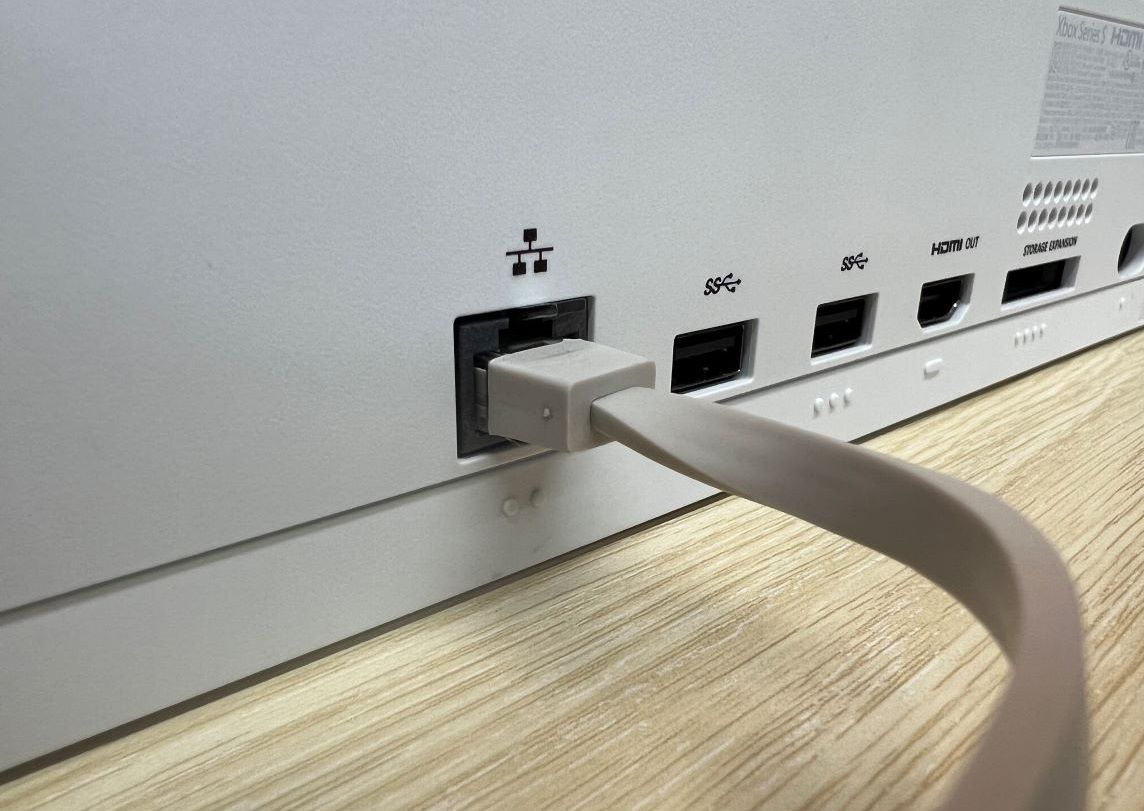
Ethernet is a networking technology that allows users to connect their devices to local area networks (LAN), transmitting high-speed internet data over designated network cables.
Ethernet cables (network cables) are designed to establish wired network connections. They connect routers, modems, and network splitters to PCs, TVs, and other internet-enabled devices.
Ethernet cables are of different kinds, including coaxial, fiber optic, and twisted-pair cables (commonly known as Ethernet cables).
However, their primary function remains to transmit broadband signals (internet data) from routers or modems to connected devices, allowing them to access the internet.
Want to know more about Ethernet cables? We go into it in our comparison of Coaxial vs. Ethernet cables.
What is HDMI With Ethernet?
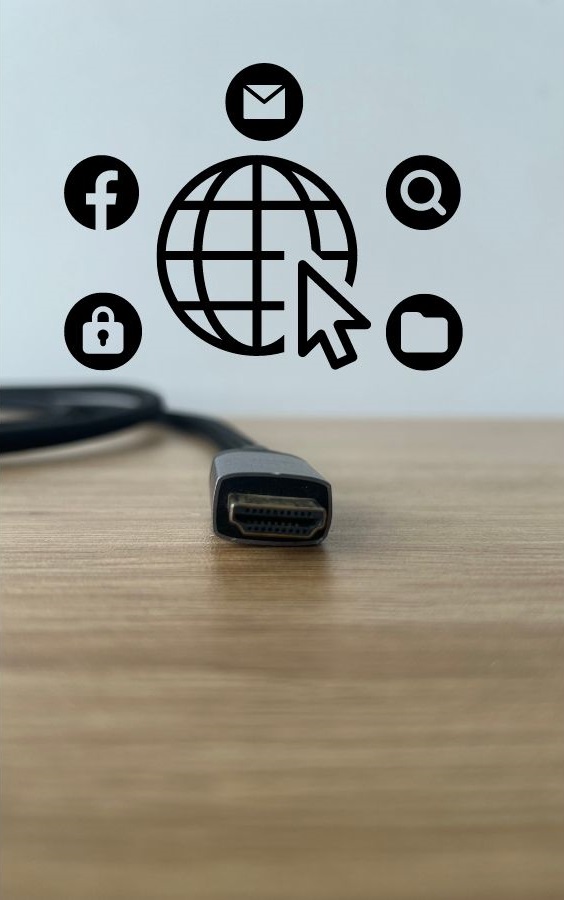
HDMI with Ethernet (HEC) is a hybrid technology that combines HDMI and Ethernet functions. The HEC functionality is found in HDMI version 1.4 and higher, up to 2.1.
HEC allows an HDMI cable to transmit media signals and internet data between connected devices, reducing the need for extra network cables. Cables that support HEC are more common than most people think, and we’ll explain why.
A standard HDMI cable has 19 pins for transferring different kinds of data. The pins are connected to wires, most of which are twisted pairs, but a few are straight-through wires.
In HEC cables, the straight-through wires on pin 19 are modified as a twisted pair, and internet data is transmitted over the pair. This slight difference in design does not affect the original function of that pin or other pins and doesn’t increase the cost of production significantly.
Hence, the Ethernet function is a part of most HDMI cables in the market today, and you can find one within your budget.
How Does HEC Work?
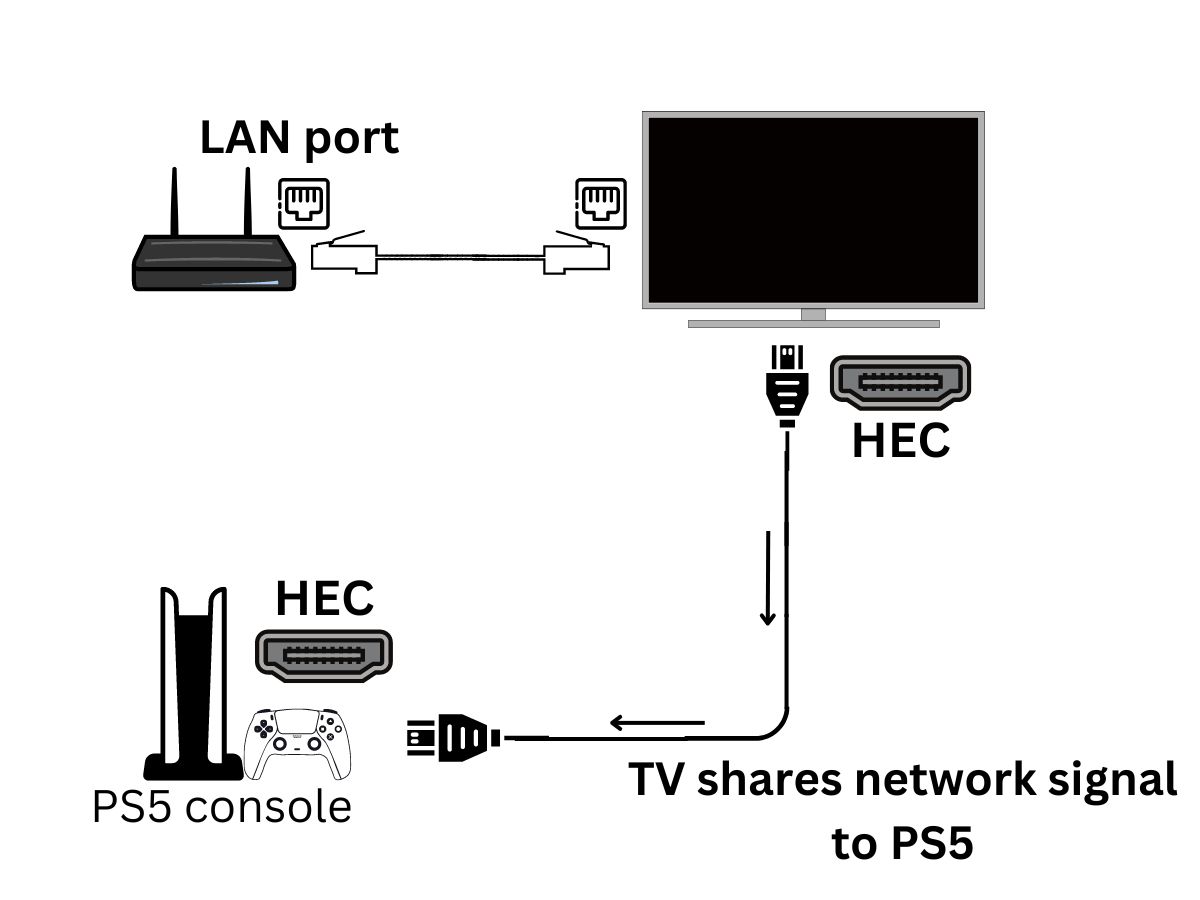
If you are wondering how HEC works or fits into your home theater setup, this section has the answers.
For instance, consider that you have a smart TV, game console, and internet modem to set up. The image above shows how you can make your connections with an HEC cable.
First, connect your TV to the modem using an Ethernet cable or wireless connection (Wi-Fi). Next, connect your console to the TV with an HEC cable.
The cable transmits images and audio from the console to your TV; and network signals from the TV to the console. Because of the cable’s Ethernet function, you won’t need a separate Ethernet cable or Wi-Fi connection to connect your console to the internet.
NOTE: For your cable’s HEC to work, the devices on both ends (i.e., the TV and console) of the connection must support the HEC function. If one or both of them don’t, your HEC cable will function like a standard HDMI cable and only transmit media signals.
Is There Any Device that Uses HDMI With Ethernet (HEC)?
No, there are no commercial devices that support HEC. Yet.
Modern gaming devices like PlayStation 4, PlayStation 5, and Xbox Series X|S do not support HEC. Gaming consoles only have two internet connectivity options: Wi-Fi and Ethernet.
So at the moment, the benefits of HEC cables for concurrent internet data transmission are outside the reach of consumers.
Video systems experts suggest that TV manufacturers are hesitant about adding HEC capability due to how such technology will increase the prices of their TVs. As a result, connecting devices (i.e., consoles, DVD players, and set-top boxes) are also not manufactured to support HEC — the cycle has remained unbroken.
You’re probably wondering, “If there are no HEC-enabled devices in the consumer market, why should I buy an HEC cable?”
Here’s why: HEC cables are also ARC-enabled, and the quality of audio signals over the HEC twisted pair is better than that of straight-through wires. In fact, the ARC and CEC functions of HDMI are only implemented over the HEC twisted pair.
If you’re using an HEC cable of HDMI version 2.1, you get the enhanced version of the ARC function—HDMI eARC—which supports better audio quality, higher bandwidth, and faster delivery.
Conclusion
The significant difference between standard HDMI cables and HEC cables is the ability of HEC cables to transmit internet data. While this is an undeniably convenient and minimalist feature, it is mainly prospective—due to a lack of compatible devices.
You’re not missing out if you have a standard HDMI cable whose bandwidth can support high-quality transmissions!
However, while you can do without them, HEC cables are essential to any soundbar or AVR setup that wants to use the ARC or CEC functions.
So, a standard HDMI or an HEC cable? Let us know which you’d go for in the comments!
Gabriella ‘Diogo is a technical writer with a vested interest in tech hardware and equipment. She shares her knowledge and processes in an easy-to-grasp, lighthearted style. When she’s not testing or researching device performance, you’ll find her writing short stories or rewatching episodes of her favorite sitcoms.

